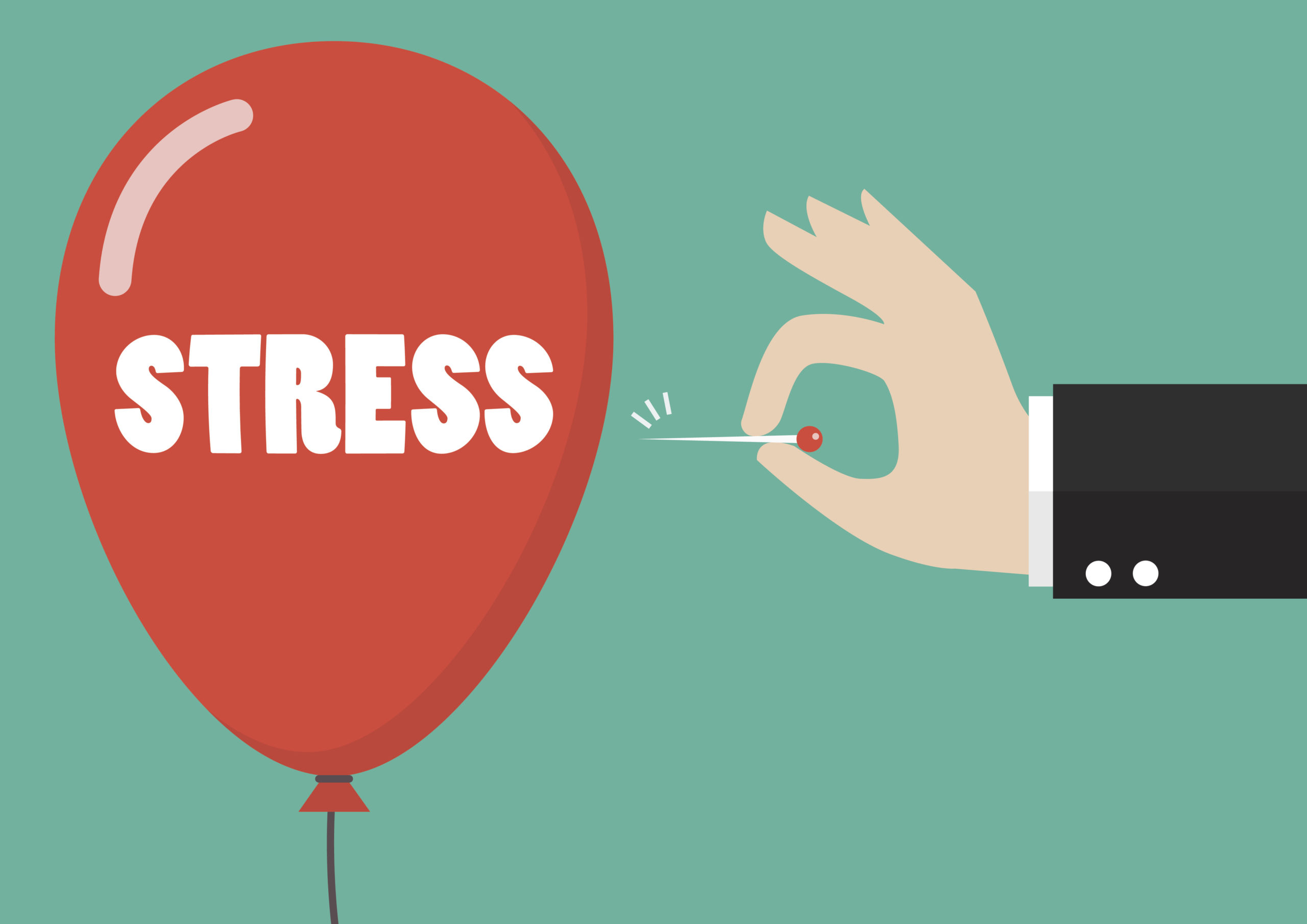
The Power of Physical Activity for Business Performance!
In the fast-paced, high-stakes landscape of modern business, where the race to innovation never ceases and the demands placed upon individuals continue to surge, it’s all too easy to become entrenched in the intricacies of commerce and overlook the foundation upon which it all rests: physical health.
Yet, in the intricate web of professional success, the thread of physical activity weaves a tale of holistic well-being that doesn’t merely impact personal vitality—it actively propels business performance to greater heights.
In this exploration, we journey into the heart of how the rhythm of regular exercise orchestrates a symphony of enhanced cognitive prowess, stress resilience, energy infusion, unwavering focus, harmonious work-life integration, fortified team dynamics, elevated morale, and a conspicuous reduction in absenteeism. These, in unison, harmonize to crescendo into a resounding improvement in overall business outcomes.
1. Elevated Cognitive Function
Nestled at the core of all our endeavors, including the realm of business, is the brain – the fulcrum of decision-making and creative thinking. Regular physical activity stimulates blood flow to the brain, delivering a rich supply of oxygen and nutrients. This enhanced circulation fuels cognitive functions, leading to improved creativity, sharper problem-solving abilities, and better decision-making. In a business context, this translates to more innovative ideas, efficient strategies, and enhanced productivity.
cognitive functions, leading to improved creativity, sharper problem-solving abilities, and better decision-making. In a business context, this translates to more innovative ideas, efficient strategies, and enhanced productivity.
2. Unburdened Stress & Anxiety
In the intricate landscape of the corporate ecosystem, a multitude of pressures and demands intertwine themselves with the mental well-being of employees, giving rise to elevated stress and anxiety levels. The relentless pursuit of deadlines, the constant need to meet performance expectations, and the often overwhelming pace of modern work life can create a pervasive sense of unease among individuals striving to excel in their roles. However, amidst this turmoil, there exists a potent and natural remedy that has the power to counteract these negative effects: the inclusion of regular physical activity into one’s routine.
This seemingly simple practice sets off a remarkable chain reaction within the body. When engaged in physical exercise, the brain responds by releasing a cascade of endorphins, commonly referred to as the “feel-good” hormones. These endorphins act as an organic elixir, capable of elevating mood and promoting a sense of well-being. They have the unique ability to alleviate stress and anxiety, acting as a buffer against the overwhelming pressures that often pervade the corporate environment.
The benefits of exercise extend beyond the immediate temporal effects.
Regular physical activity has been proven to have a lasting impact on an individual’s overall mental resilience. Engaging in exercise consistently over time can lead to improved stress-coping mechanisms, enhanced emotional regulation, and increased self-confidence. These qualities fortify employees, enabling them to navigate challenges with greater equanimity and approach their responsibilities with a sense of self-assuredness.
exercise consistently over time can lead to improved stress-coping mechanisms, enhanced emotional regulation, and increased self-confidence. These qualities fortify employees, enabling them to navigate challenges with greater equanimity and approach their responsibilities with a sense of self-assuredness.
In essence, the integration of physical activity into the corporate routine represents a dynamic interplay between the physical and mental realms. It’s a holistic approach that recognizes the undeniable connection between the body and the mind. By leveraging the power of endorphins and the positive physiological responses to exercise, organizations can create an environment that supports employees’ mental well-being, ultimately fostering a culture of positivity, harmony, and heightened productivity.
3. Sharpened Concentration and Unwavering Focus
In the fast-paced and demanding arena of modern work, mental fatigue often emerges as a formidable adversary, corroding concentration and eroding focus. However, a powerful antidote exists in the form of regular exercise. Statistical evidence underscores the efficacy of physical activity in bolstering cognitive function.
According to a study conducted by the American Psychological Association, engaging in even a brief bout of exercise before a mentally taxing task can enhance concentration, working memory, and overall cognitive performance by promoting the flow of oxygen and nutrients to the brain (Mandolesi et al., 2018). This physiological boost translates into a fortified ability to navigate complex tasks and sustain attention over extended periods.

Moreover, a meta-analysis research study from Arizona State University reveals that individuals who engage in regular physical activity experience increased production of neurotransmitters such as dopamine and norepinephrine (Petruzzello et al., 1991).
These chemicals play a pivotal role in regulating focus, motivation, and mood, leading to heightened alertness and sustained attention spans. The cultivation of unwavering focus through exercise is not just a theoretical concept but a scientifically validated strategy for optimizing performance in the workplace.
In the corporate landscape, the tangible benefits of sharpened concentration and unwavering focus are manifold. Reduced errors and quicker task completion become the norm, contributing to a more efficient workflow. As employees immerse themselves deeply in their roles, the synergy of collective focus creates an environment primed for innovation and achievement.
4. Equitable Work-Life Balance
The seamless integration of work and personal life in the digital age has given rise to unprecedented challenges concerning work-life balance. The proposition of incorporating regular exercise into one’s routine, however, serves as a potent remedy to this conundrum.
Research from the Harvard Business Review emphasizes that employees who prioritize physical activity tend to experience a heightened sense of well-being and job satisfaction (Friedman, 2014).
This is intrinsically tied to the release of endorphins during exercise, which mitigate stress and foster a positive outlook. As a result, individuals find themselves better equipped to navigate the demands of work without succumbing to burnout or sacrificing personal time.
The cultivation of a healthy work-life balance through exercise generates a harmonious cycle. As individuals invest in their well-being, they become more engaged and present at work. This virtuous loop fosters a sense of fulfillment and contentment, resulting in a workforce that is not only productive but also emotionally connected to their roles and the organization.
The empirical link between physical activity and mental well-being is undeniable.
A study published in the Journal of Sports Medicine demonstrates that employees who engage in regular exercise report lower levels of perceived stress and higher levels of mental resilience (Stults-Kolehmainen, 2014). This fortification against the adverse effects of chronic stress contributes to improved overall mental health, enabling individuals to navigate their professional responsibilities with clarity and composure.
5. Forged Alliances and Collaborative Partnerships
In the modern landscape of business, the significance of teamwork and collaborative partnerships cannot be overstated. Data supports the idea that organizations that prioritize collaborative efforts tend to outperform those that do not.
According to a study conducted by the Institute for Corporate Productivity (i4cp), companies that promote collaboration are 5.5 times more likely to be high-performing (Samdahl, 2017). This underscores the notion that communal exercises, such as team-building activities and group projects, are not mere frivolities but essential investments in the fabric of an organization.
These exercises act as catalysts for weaving threads of communication, trust, and unity among employees.
Research by Deloitte reveals that 86% of surveyed employees and executives believe that a lack of collaboration or ineffective communication is responsible for workplace failures (Fierce, 2021).
Engaging in collective physical activities provides a platform for employees to interact outside their regular roles, fostering a deeper understanding of one another’s strengths and perspectives. This foundation of camaraderie becomes the bedrock on which successful collaborative partnerships are built.
6. The Ascendance of Morale and Motivation
Statistics underscore the transformative power of physical activity on workplace morale and motivation. A report published by Hub International Limited (Hub), a leading global insurance brokerage, found that companies with wellness programs that include physical activities experience a 54% increase in morale among employees (Hub, 2017). When employees engage in communal exercise endeavors, the positive effects ripple across the entire work environment. This shared experience serves as a rallying point, a reminder of the collective goals and aspirations of the team.

Furthermore, the contagious nature of positivity cannot be overlooked. Positive emotions spread through social networks, influencing the mindset and outlook of those around us. In the context of the workplace, this translates to a motivated workforce that approaches tasks with renewed enthusiasm. A motivated team is more likely to put in discretionary effort, going above and beyond their defined responsibilities. This, in turn, translates into enhanced productivity and a pursuit of excellence that elevates the overall quality of outcomes.
7. A Diminishment of Absenteeism
The impact of employee absenteeism on business operations is staggering, both in terms of productivity losses and increased costs. The World Health Organization estimates that the global economy loses approximately $1 trillion each year due to diminished productivity resulting from absenteeism and presenteeism (being at work but not fully productive). However, organizations that incorporate physical activity into their work culture stand to mitigate this issue significantly.

Regular exercise is a proven strategy for maintaining good health and preventing chronic illnesses. Studies by the Centers for Disease Control and Prevention (CDC) highlight that physically active employees have lower rates of chronic conditions such as heart disease, diabetes, and obesity. This translates to reduced sick days and fewer health-related disruptions in the workplace.
In Denouement: Cultivating a Culture of Wellness
Businesses that prioritize and promote consistent physical activity among employees are poised to reap a multitude of benefits. From improved cognitive function and reduced stress levels to increased energy and enhanced team dynamics, the positive impact of exercise is undeniable.
By fostering a culture of wellness, companies can create a healthier, more engaged, and more productive workforce, ultimately driving business success. So, let’s lace up those sneakers and invest in the well-being of both employees and the bottom line. Your business’s success story begins with a healthy and active team.



